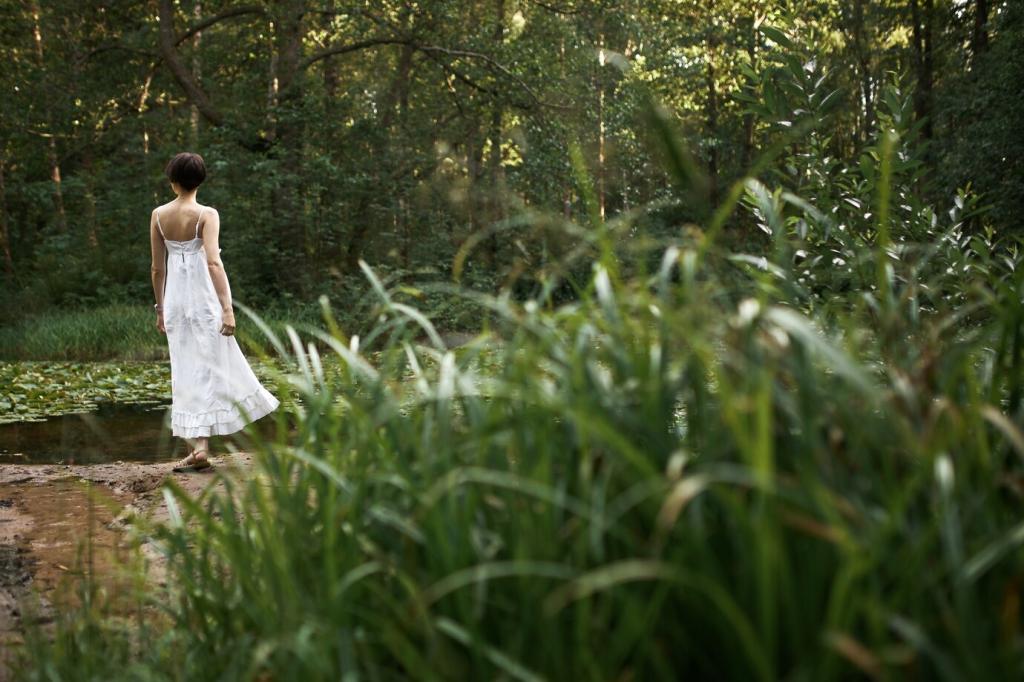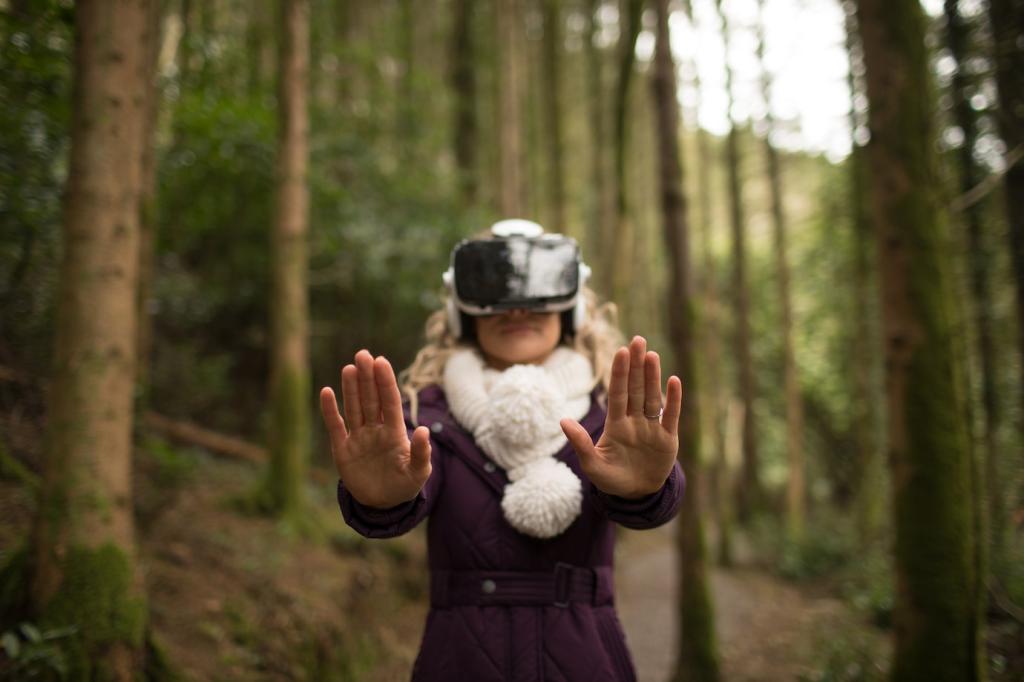
Case Studies: Successful Implementation of Biophilic Design
This page explores how biophilic design has been successfully integrated into various architectural and interior spaces. Through real-world case studies, we examine the principles, results, and distinct elements of biophilic design that foster greater well-being, productivity, and connectivity to nature. Each section delves into specific settings where the application of nature-inspired features has led to proven benefits.
Amazon’s The Spheres in Seattle showcase the integration of thousands of plant species, daylight penetration, and innovative microclimates. The domed structures mimic a rainforest ecosystem, creating a unique and inspiring work environment for employees. The result has been increased collaboration, reduced stress levels, and higher job satisfaction—demonstrating how immersive green environments can shift workplace culture and employee engagement. This case emphasizes the importance of diverse planting, organic forms, and multi-sensory experiences as pillars of successful biophilic design.

Green School Bali’s Vision
The Green School in Bali is an acclaimed example of biophilic design in education. Constructed using bamboo, thatch, and landscaped surroundings, its campus blurs the boundary between indoor classrooms and the surrounding jungle. Students are immersed in the rhythms of nature, benefiting from fresh airflow and organic architecture. Feedback indicates higher student engagement, lower stress levels, and a deepened sense of environmental stewardship, demonstrating that environmental design can shape both academic and personal growth.
Biophilic Renovation at University of Washington
The University of Washington incorporated biophilic design into the renovation of its science buildings, introducing outdoor classrooms, native plantings, and ecological restoration zones. These features provide hands-on learning opportunities and a peaceful setting for both study and recreation. Research conducted post-renovation revealed improvements in student well-being, reduced anxiety, and better cognitive restoration. The project shows how educational spaces can foster resilience and curiosity through connection to living systems.
Preschool Nature Immersion in Finland
In Finland, several preschools have adopted immersive biophilic design strategies, such as moss gardens, living green roofs, and interactive outdoor play environments. Early childhood participants spend significant portions of the day in contact with natural elements, cultivating curiosity and motor skills. Observational studies report higher academic readiness, better emotional regulation, and reduced sick days among students attending these preschools. These findings highlight the long-term benefits of embedding biophilia into the earliest stages of educational experience.

Khoo Teck Puat Hospital, Singapore
Khoo Teck Puat Hospital stands as a visionary example of biophilic healthcare design. The hospital’s layout incorporates open courtyards, lush vertical gardens, and water features visible from patient rooms. These elements provide a sense of calm and facilitate natural healing processes. Post-occupancy evaluations indicate shorter hospital stays, higher rates of patient comfort, and improved staff retention, underscoring the healing power of biophilic environments within medical settings.
Maggie’s Centres in the UK
Maggie’s Centres specialize in cancer care and support across the UK, and are famed for buildings designed with biophilic intent. Each center uses integration with landscape gardens, abundant daylight, and views of greenery as therapeutic tools. Visitors frequently report reductions in anxiety and emotional distress, while staff cite greater workplace satisfaction. The Maggie’s model demonstrates the profound difference that restorative environments can make in supporting both physical and emotional healing.
Children’s Hospital Integration in Oregon
A major children’s hospital in Oregon features rooftop healing gardens, patient rooms with panoramic nature views, and interactive outdoor therapy spaces. These interventions provide young patients and their families with a comforting reprieve from clinical routines. Post-intervention studies documented faster recovery rates, reduced need for pain medication, and higher family satisfaction. The design philosophy here reinforces the capacity of nature-rich spaces to uplift, soothe, and promote healing in some of the most challenging healthcare circumstances.
